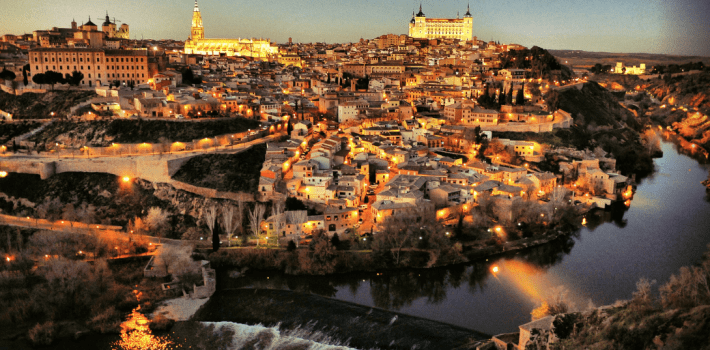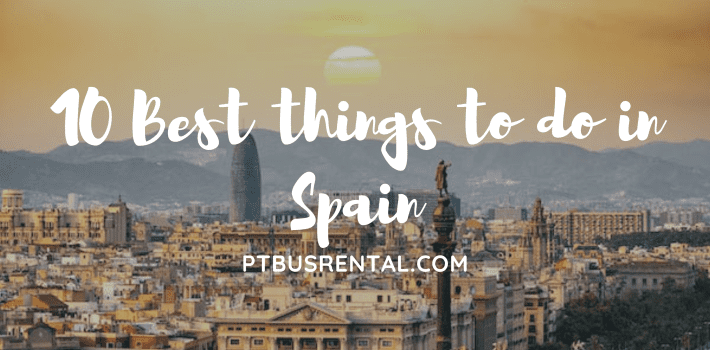Advice for 3-day trip in Madrid, Spain with bus rental
For a 3-day trip to Spain, you might want to consider visiting cities like Barcelona, Madrid, or Seville. In Barcelona, you can explore the iconic architecture of Antoni Gaudí, visit the Gothic Quarter, and relax on the city’s beautiful beaches. Madrid offers world-class museums, such as the Prado and Reina Sofia, as well as vibrant nightlife and delicious cuisine. Seville is known for its stunning Moorish architecture, flamenco dancing, and the Alcázar palace. Each of these cities offers a unique and memorable experience for a short trip to Spain. Those planning a quick trip to Madrid, Spain, can find some useful travel advice in the article below while using bus rental services in Spain.
Madrid locations for breaks and rest
If your time in Madrid is limited to three days, you should choose to stay in a central neighborhood that is near the majority of the city’s attractions and significant activities.If you are staying in Madrid for only three days, I suggest staying in the neighborhoods of Chueca, La Latina, Opera, or Malasaña. The majority of the locations included in this three-day Madrid itinerary are easily accessible on foot, and for shorter travel times, you can use a bus or metro to reach more distant tourist attractions. Renting a self-driving bus rental in Spain allows guests to more easily and efficiently explore Madrid, saving them time on tourism.
How to navigate Madrid
You may be wondering what your alternatives are for transportation if you just have three days in Madrid. For most areas, walking is highly recommended. Nothing compares to exploring your surroundings more thoroughly than on foot.
Although taxis and Ubers are widely available in Madrid, they are the priciest mode of transportation. Electric scooter rentals range from €0.11 to €0.23 per minute, making them a fairly affordable option for quick excursions. To begin your scooter rental, simply download the app and scan the scooter’s QR code. You may also ride the bus, which is incredibly affordable.
Furthermore, self-driving bus rental services are widely available. If you are not well enough to walk from place to place in a single day, you might want to consider using bus rental services in Spain, which will make traveling easier and allow you to see more of Madrid.
>> You can rent a bus rental at this reputable website
Locations to see while in Madrid
1. Get a pan with tomato and some coffee.
All over the city, there are a ton of amazing coffee shops to start your morning. From more informal cafeteria-style counters to upscale cafés offering specialty coffee. A café con leche (coffee with heated or frothed milk) and a straightforward breakfast, such as pan con tomate or a croissant, are the perfect morning pick-me-ups.Several well-known cafes that you can visit:
-Neighborhood of Alchemy Coffee: La Latina. Fantastic specialty coffees in a tiny environment, such as the -Panamanian Geisha, and wonderful pan tomate with jamón.
-La Latina neighborhood is Novo Mundo. Excellent coffee paired with freshly made bread and pastries.
-Four Opera neighborhoods in Madrid. Another fantastic place for toast and coffee, with natural wines served in the evenings.
-Plántate: The Lavapiés area offers better coffee and brunch. Small pastries and vegan choices.
-Naji Specialty Coffee: in the north side of the city, in the Colon/Alonso Martinez district. This restaurant introduced pistachio lattes and other unusual coffee concoctions like chocolate and lavender to Madrid. Very tiny restaurant that also offers avocado toast, pan con tomate, and smoothies.
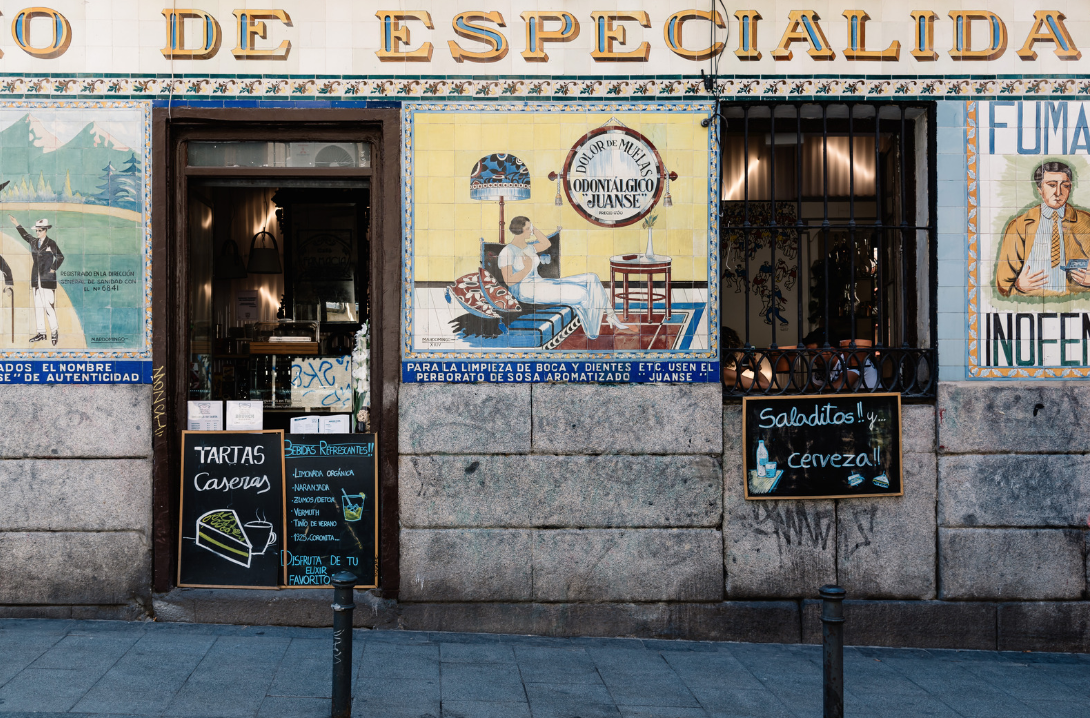
Cafe shops are fantastic places to visit in the morning in Madrid
2. Royal Palace
With close to 3,000 rooms, this palace is the biggest in all of Eastern Europe! At 1.4 million square feet, it surpasses both Versailles Palace and Buckingham Palace in size. You can use the bus rental service to get to this location
For almost 250 years, the King and Queen of Spain were housed in El Palacio Real, often known as the Royal Palace. The current Spanish King and Queen no longer reside here. Even though they now dwell in a different part of Madrid, they still use this mansion for formal occasions and to welcome distinguished visitors.
It’s strongly recommended that you arrive first for a Royal Palace tour. The Palace opens at 9:00 am .Tourists can have a great day touring the Palace with a guide! You are going to appreciate that he asked questions and that he could walk around the room to avoid a crowded area while he was providing fascinating anecdotes and historical details about the palace and the Spanish royalty.
To see the rooms for yourself and have a peek at how royalty once lived, you must visit this location. The Royal Palace does sell out of tickets. To ensure you can visit, I strongly advise you to reserve your tour and tickets in advance.
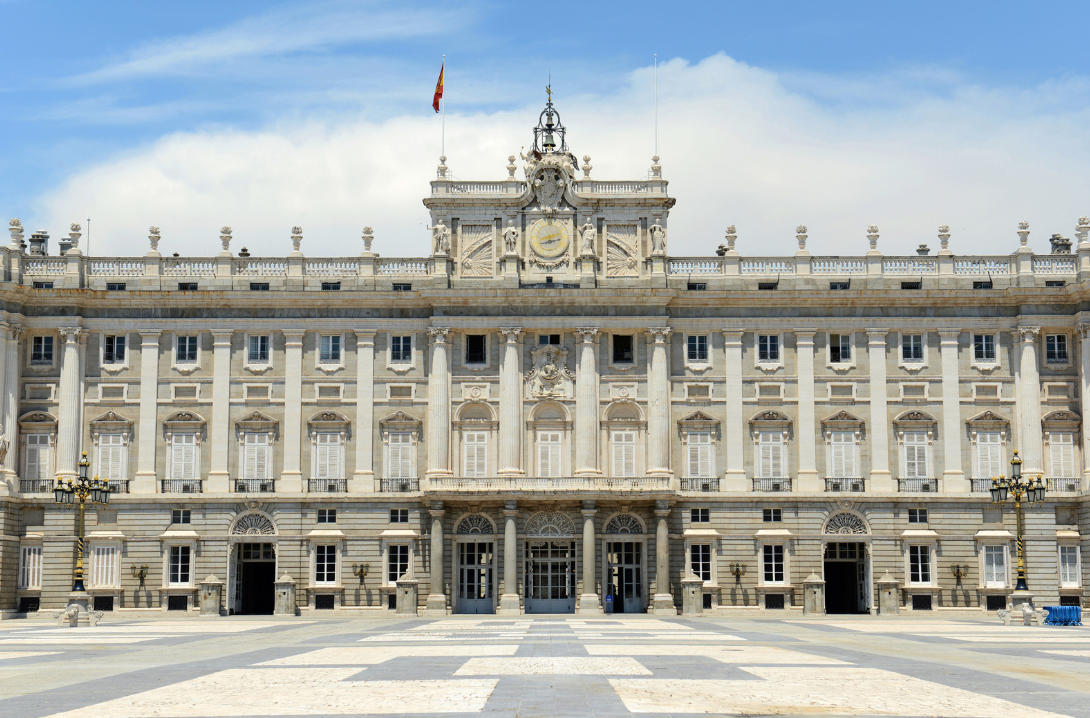
Royal palace in Madrid
3. Walk Gran Vía & See the Plaza de España
You should aim to get to the Plaza de España approximately one to one and a half hours prior to sunset, depending on the season you are visiting Madrid during.You can use the bus rental service to get to this location. The Plaza is situated at the terminus of Gran Vía, the most renowned roadway in Madrid. There are several upscale stores, eateries, and street performers lining the Boulevard.
People have likened Plaza Callao to Time Square in New York, albeit without the same level of chaos. There are thousands of people that pass through this square every day, and it is covered in billboards. Gran Vía is a lively walk at this hour, and it should take roughly fifteen minutes.
in front of a sizable pond is the statue of a former king at Plaza de España. If you are traveling with children, there is a lovely playground in the area.
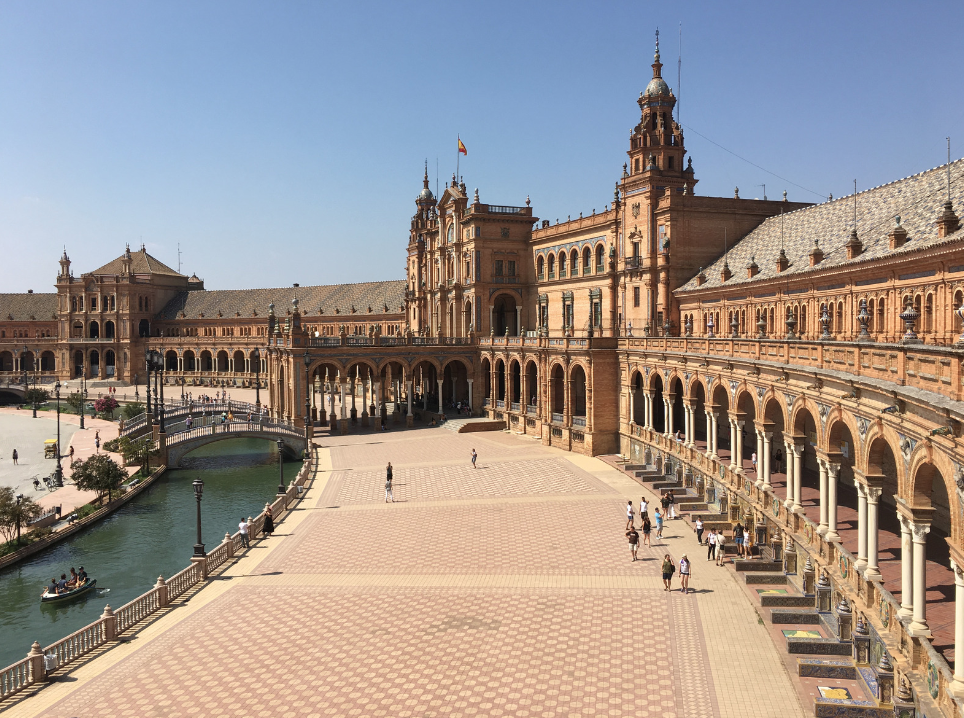
Plaza de España
4. Sunset at Príncipe Pío
Príncipe Pío is one of the best places in Madrid to see the sunset. Situated barely ten minutes’ walk from Plaza de Espana, this is the highest point in all of Madrid.You also can use the bus rental service to move from Plaza de Espana to this location. At the top of the hill is a beautiful park where people may enjoy the sunset, both locals and visitors.It provides breathtaking views over the city, the royal gardens, and even a portion of the Palace because it is the highest point in Madrid. The Temple of Debod, an Egyptian temple from the second century that was given to Spain in the 1970s, is also located here.
Arriving early allows you to take a closer look at the temple since you can enter it during specific hours.
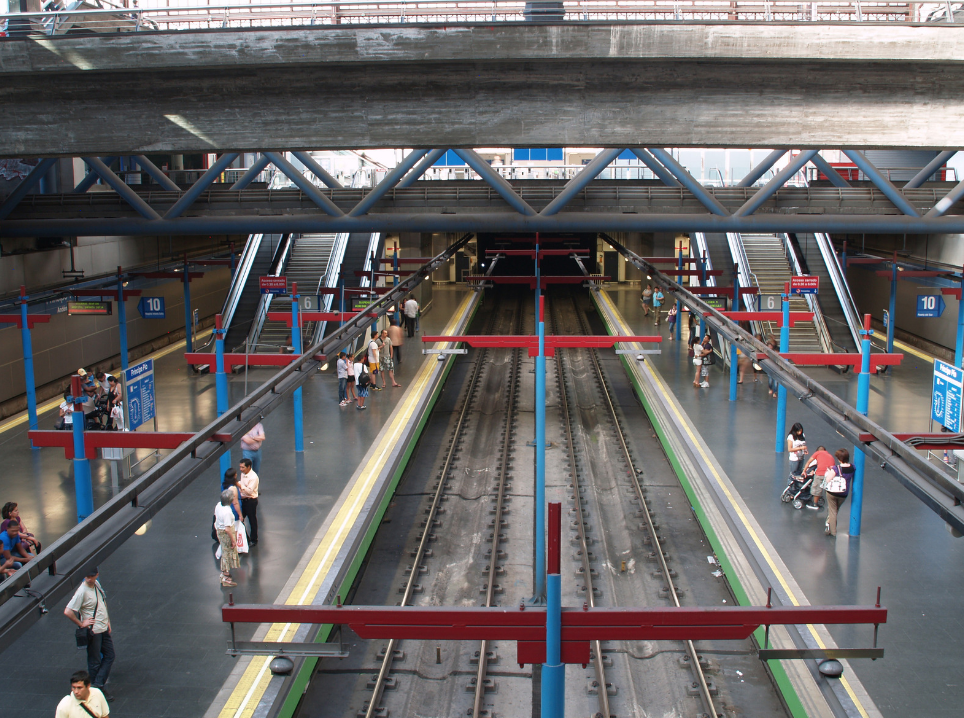
Príncipe Pío metro station
5. Golden Triangle of Museums
Start your morning by indulging in more café (coffee) and desayuno (breakfast) at one of the previously suggested locations, or make a stop at Plenti. If you don’t go somewhere closer to your hotel or vacation rental, this coffee shop is an excellent option and is only a few blocks from the Prado Museum.
As soon as you’re fully charged, proceed directly to the Golden Triangle of Museums. The distance between these three outstanding art museums is only ten minutes on foot.
-The largest art museum, Museo Prado, has the strongest collection of works spanning eight centuries.
-More modern, contemporary, and cubist work can be found at the Museo Nacional Centro de Arte Reina Sofía.
-Seven centuries’ worth of modern and Renaissance art may be found at the Museo Nacional Thyssen-Bornemisza.
While there is value in seeing all three museums, most first-time tourists who only have three days in Madrid choose to spend their time at the Prado Museum due to its size. We viewed a small portion of the Prado Museum’s collection in our four hours of exploration.
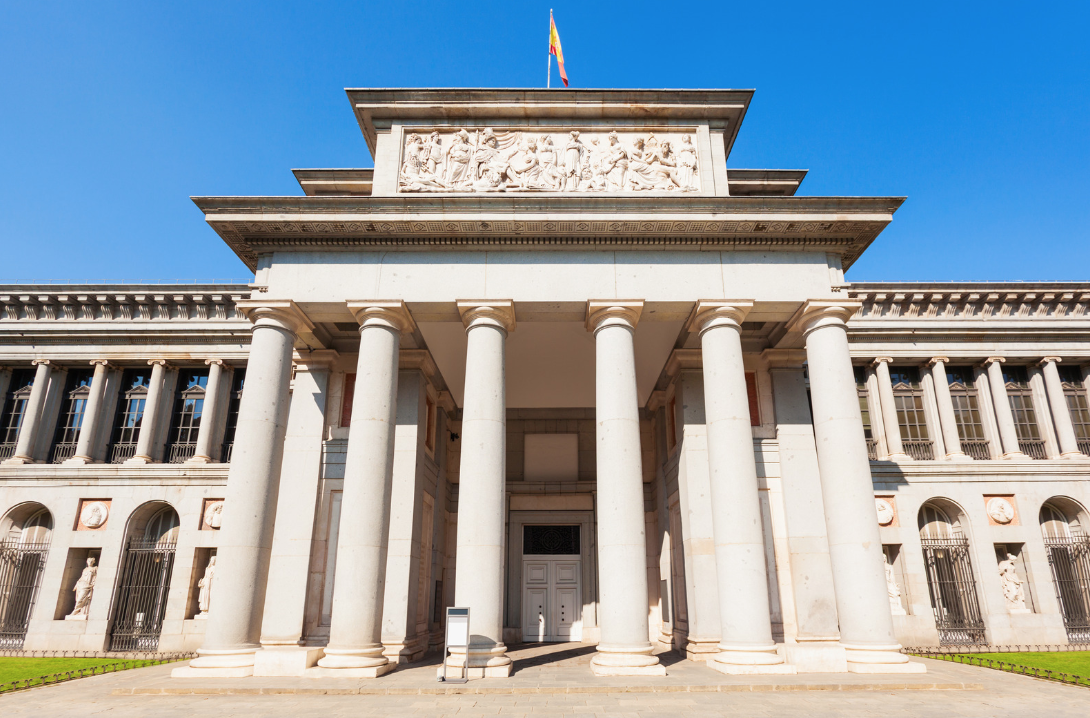
Prado national art museum
6. Retiro Park
If you overate at Mercado Antón Martín, don’t worry; you’ll burn it off while you wander Park Retiro. You can use the bus rental service to get to this location
Over 300 acres of verdant parkland make up Retiro Park, the ideal getaway from Madrid’s bustling. Can you believe that at one point the park was King Philip III’s private gardens? Since the park’s 1800s opening to the public by Queen Isabel, both locals and visitors have found it to be a haven.
You can rent row boats and paddle under a statue of the King and a fountain on a sizable lake. Fun fact: In the 1600s, King Phillip ordered gondolas to be transported from Italy so they could cross the canals that ran through this park.
Alternatively, you might simply unwind in the trees’ shade. The Glass Palace, also known as Palacio de Cristal, is a well-liked attraction in Retiro Park. It was once a greenhouse filled with tropical plants for a Philippine show. It is free to attend and currently has rotating artwork from the Reina Sofia
Don’t overlook the rose gardens either. They’ll astound you! The size and splendor of Retiro Park’s rose gardens astounded me. No matter how much time we have to spend in Madrid, we always make time to visit Retiro Park.
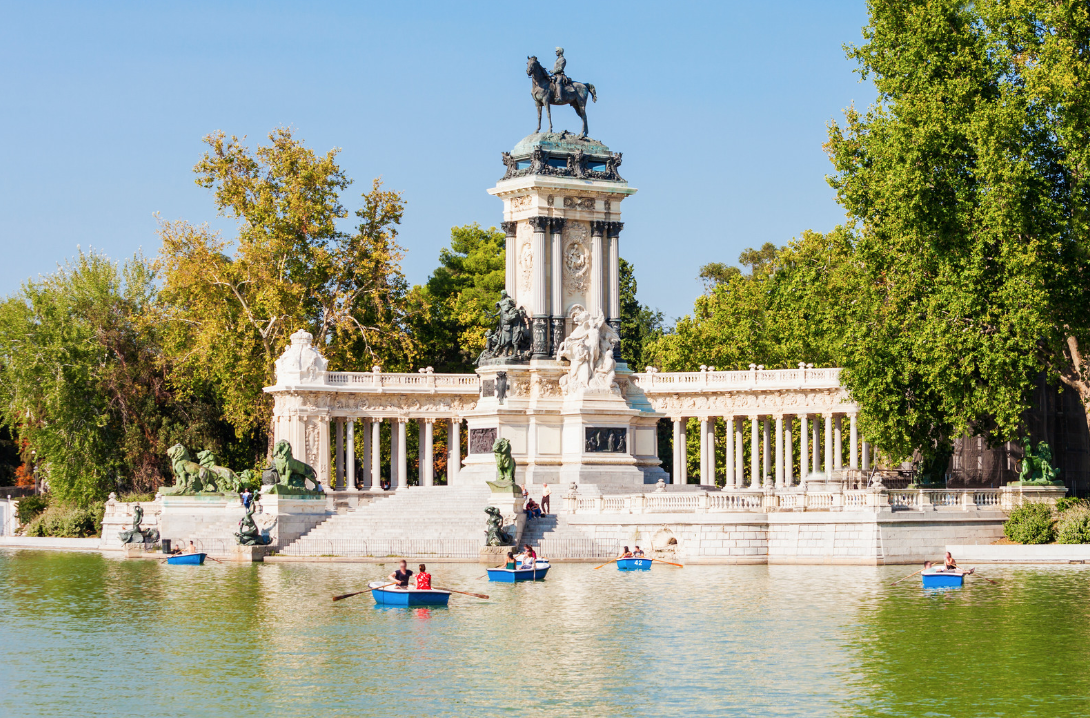
Retiro Park
7.Plaza Mayor
King Philip III constructed Madrid’s main square, the Plaza Mayor, in the 1600s. You may see a photo of it below. For hundreds of years, this was the location of announcements, markets, concerts, plays, and even executions.
The Plaza’s construction and layout are exactly as they would have been 400 years ago, despite multiple rebuilds and fires throughout the years.
Situated at the heart of the historic town, The Plaza exudes an unparalleled atmosphere. You can use the bus rental service to get to this location. This plaza comes alive at night with street entertainers, street merchants, and bustling outdoor terrazas where you can have a bite to eat or drink. However, we do not suggest eating here. Because this is such a well-liked tourist destination, quality isn’t always guaranteed and prices are higher.
Though it’s a lovely old market, its only purpose now is to cater to visitors. Rather, we’ll show you where the locals go to eat great food at a more affordable price.
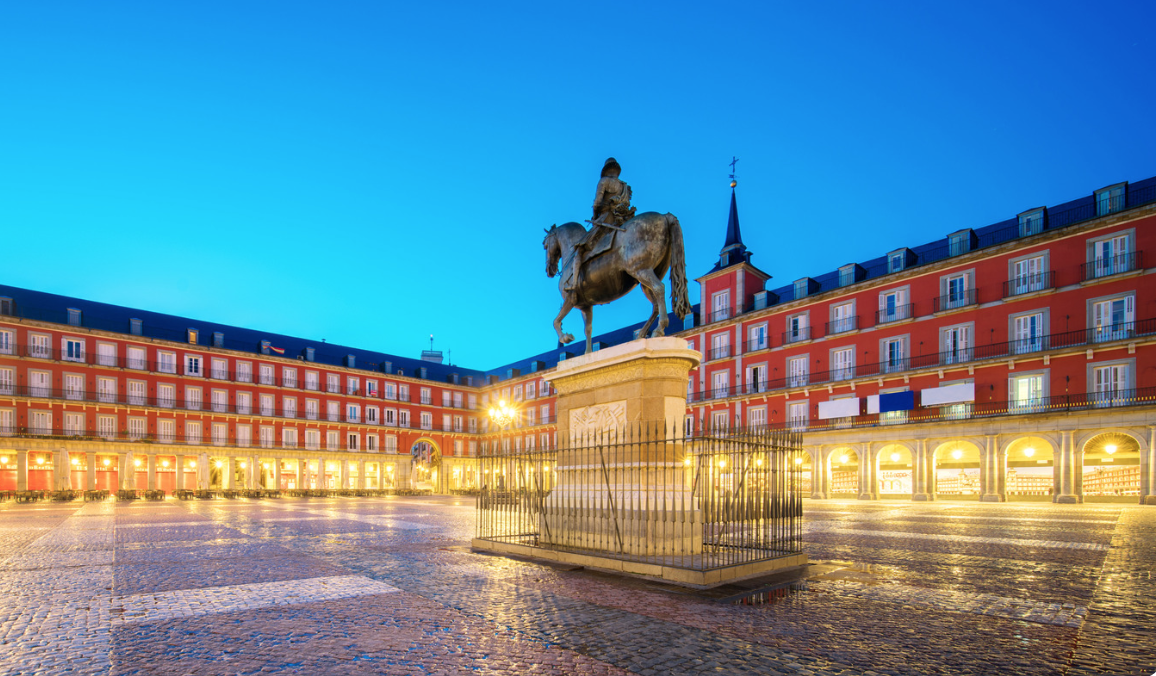
Morning light at Plaza Mayor
8. Walk Puerta del Sol and Calle Alcalá
You’re traveling to Puerta del Sol from the Plaza Mayor. Another sizable plaza that is well-liked by both locals and visitors is this one. You can use the bus rental service to get to this location.This location is a prominent metro stop, which makes it a center for transportation. One of the plaza’s must-see sights is the famous Tio Pepe sign. A statue of the bear (el oso) perched atop a strawberry tree and a fountain depicting a former King are also there. The official emblem of the capital of Spain is El Oso y El Madroño. Proceed down Calle Alcalá from there, which is primarily a pedestrian-only street.
Many of the old 1700s buildings that are still in use as banks or government offices were constructed along this avenue. You will be astounded by the buildings’ architecture. The Metropolis building is the most well-known structure; sadly, it was still under construction when we visited.
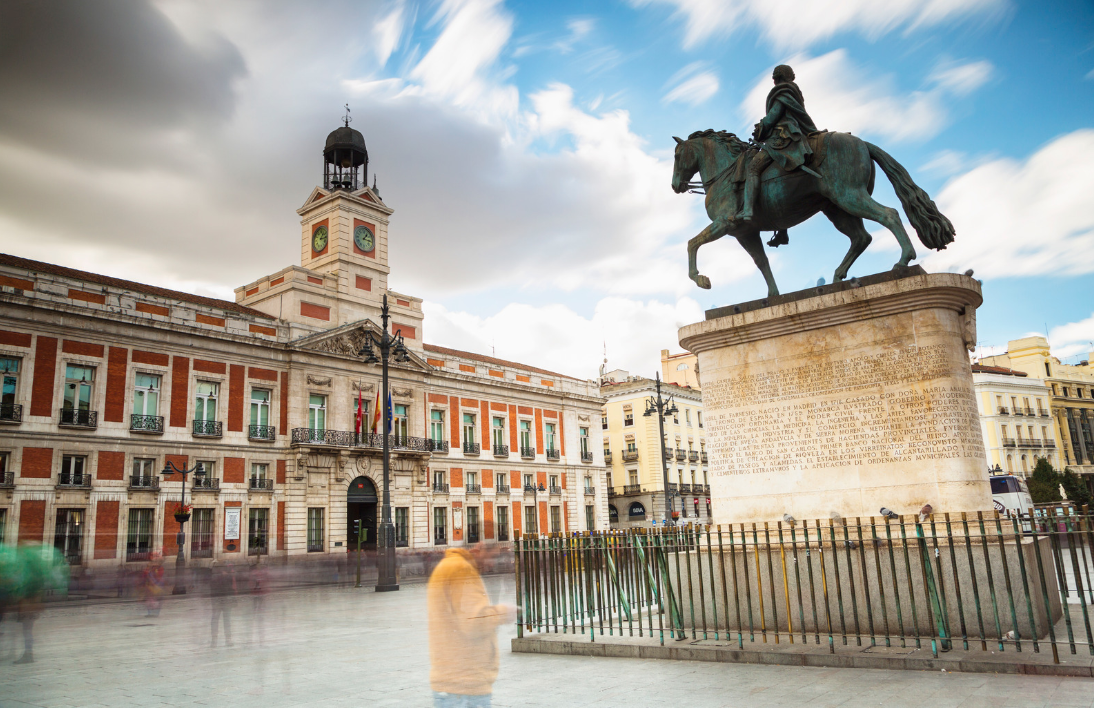
Puerta del Sol
9. Puerta de Alcalá
You will arrive at the Puerta de Alcalá at the end of Calle de Alcalá. King Carlos III erected this imposing arch to commemorate the monarchy’s entry into the nation’s capital. It is a symbol of the city and was constructed entirely of granite. Other than taking a picture and then moving on, there isn’t much to do or see here.
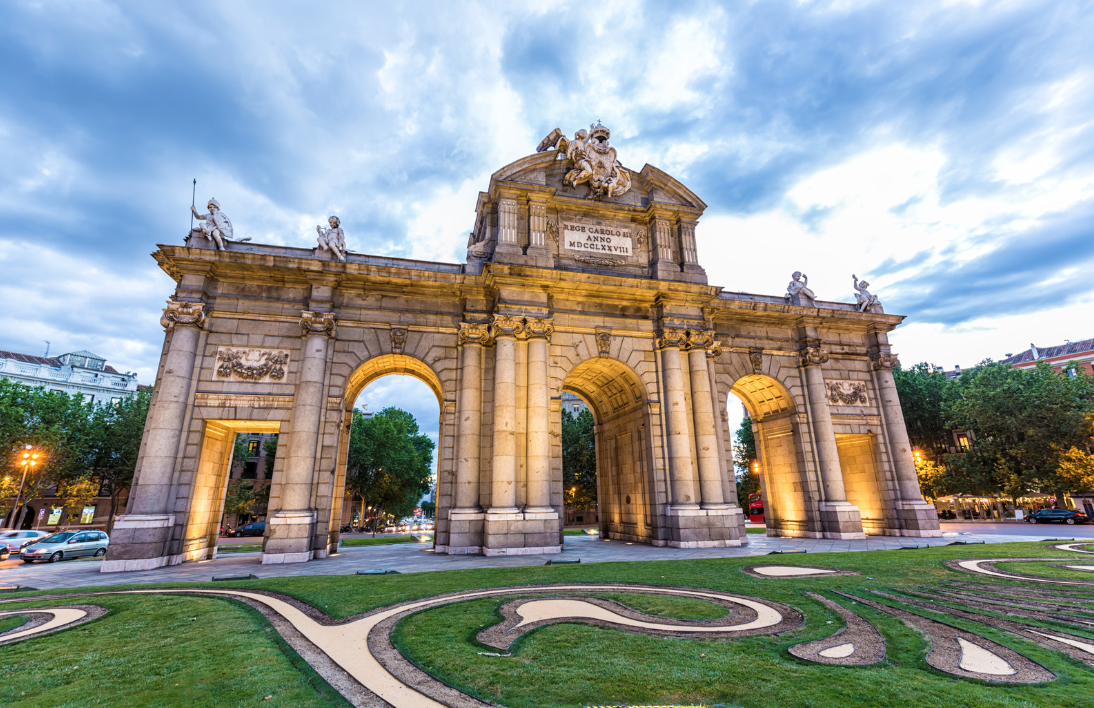
Puerta de Alcalá
10. Cibeles Fountain + Overlook at the Palacio de Cibeles
Another well-known tourist destination in Madrid that’s great for pictures is the Cibeles Fountain. In 1782, King Philip III gave the order to have this fountain constructed. The Roman fertility goddess Cybele, also known as the Great Mother of the Gods, is shown in the statue at the middle of the fountain riding a chariot pulled by two lions.
The Cibeles Observation deck is open to visitors Tuesday through Sunday beginning at 10.30 am. Entry is available roughly every 30 minutes, and doors close at 2:00 pm. It reopens at 4:00 pm and remains open until the last admittance at 7:00 pm.
It is best to make an online reservation in advance for the observation deck. Adult tickets are €3, while those under two only need to pay €1. Keep in mind that you should come twenty minutes before the start of a scheduled time. It may make for an AMAZING spot to watch the sunset if you time it just so.
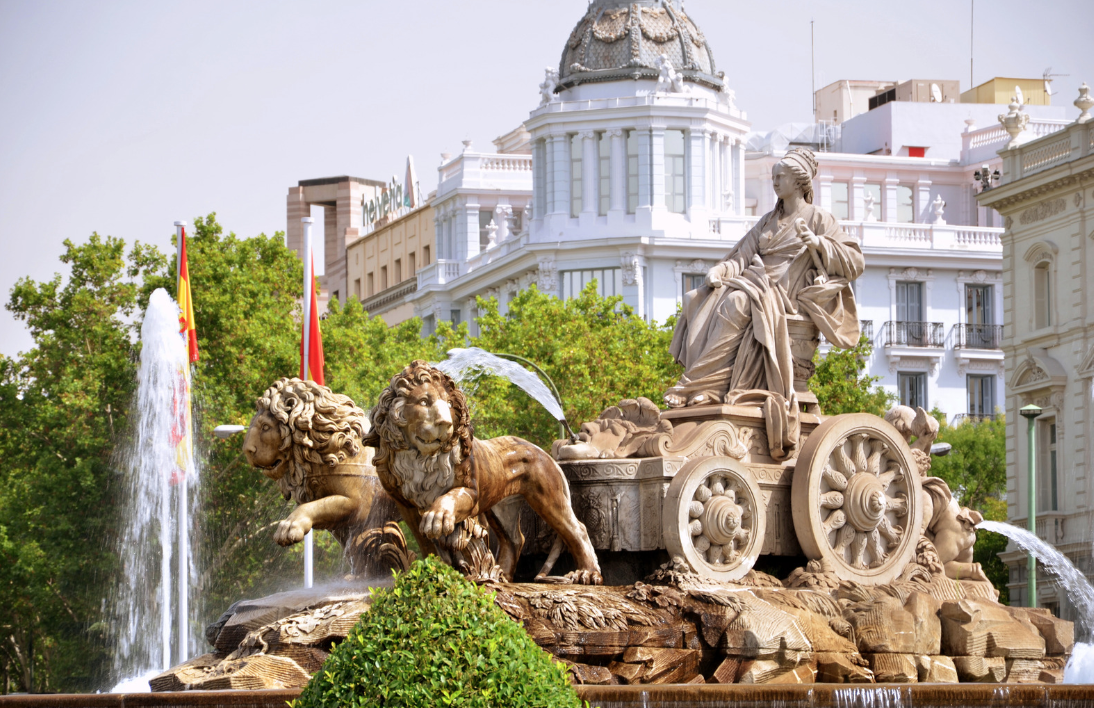
Cibeles Fountain on plaza de Cibeles
What to bring on a trip to Madrid, Spain
These are some items you ought to pack for your vacation to Madrid, Spain.
Travel Insurance: To prepare for the “what-ifs,” we always advise obtaining travel insurance. Even though traveling to Spain is thought to be safe, it’s comforting to know that you would have coverage in case of serious medical problems or delays in your travel.
European adaptor: To charge devices like your computer or phone while traveling outside of Europe, you’ll need a European adapter. This is the adapter that we selected, enabling the charging of devices that need up to 100W, such as laptops. Use caution when using high-wattage appliances like straighteners or razors. In Europe, electricity is stronger than in the US, and some devices struggle to keep up.
Travel credit card without foreign fees: While most Spanish establishments accept debit and credit cards, most banks impose an international transaction cost! We always use this travel credit card when we go overseas because there are no foreign fees and we can accrue points for use toward future travel.
>> See more : 3 days in Valencia
10 best things to do in Spain
Spain, a country rich in culture, history, and natural beauty, offers a diverse range of experiences for travellers. From the vibrant cities to the stunning beaches, there are countless activities and attractions to explore. Whether you’re a culture enthusiast, an outdoor adventurer, or a food connoisseur, Spain has something for everyone. In this comprehensive guide, we will delve into the 10 best things to do in Spain, exploring the unique activities and attractions that each destination has to offer.
1. Barcelona
Barcelona, the capital of Catalonia, is a city renowned for its rich culture and awe-inspiring architecture. One of the must-visit attractions in Barcelona is the Sagrada Familia, an iconic basilica designed by the legendary architect Antoni Gaudí. This masterpiece has been under construction for over a century and continues to captivate visitors with its intricate design. Additionally, the city is home to the Picasso Museum, which showcases an extensive collection of the artist’s works, and the Gothic Quarter, a historic neighbourhood with narrow streets and medieval buildings. For outdoor enthusiasts, the city offers an array of parks and beaches, including the enchanting Park Guell and the lively Barceloneta Beach, perfect for soaking up the Mediterranean sun.
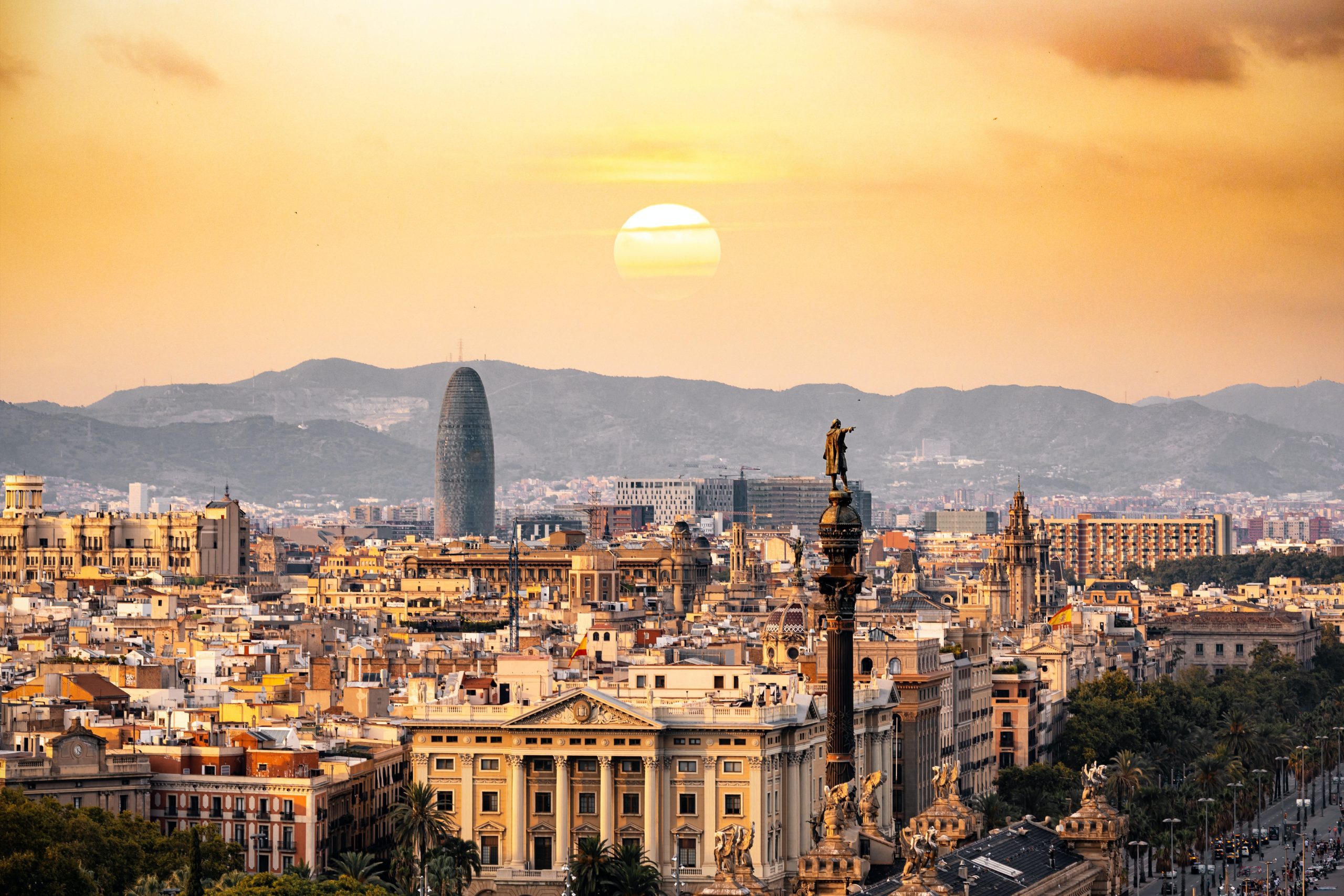
Barcelona
2. Madrid
As the capital of Spain, Madrid is a vibrant metropolis that boasts a rich cultural heritage and a thriving culinary scene. The city is home to the world-renowned Prado Museum, housing an exceptional collection of European art, including works by Goya, Velázquez, and El Greco. Other cultural attractions include the opulent Royal Palace, the expansive Retiro Park, and the bustling Plaza Mayor. Madrid is also a paradise for foodies, with its traditional tapas bars, offering an authentic taste of Spanish cuisine.
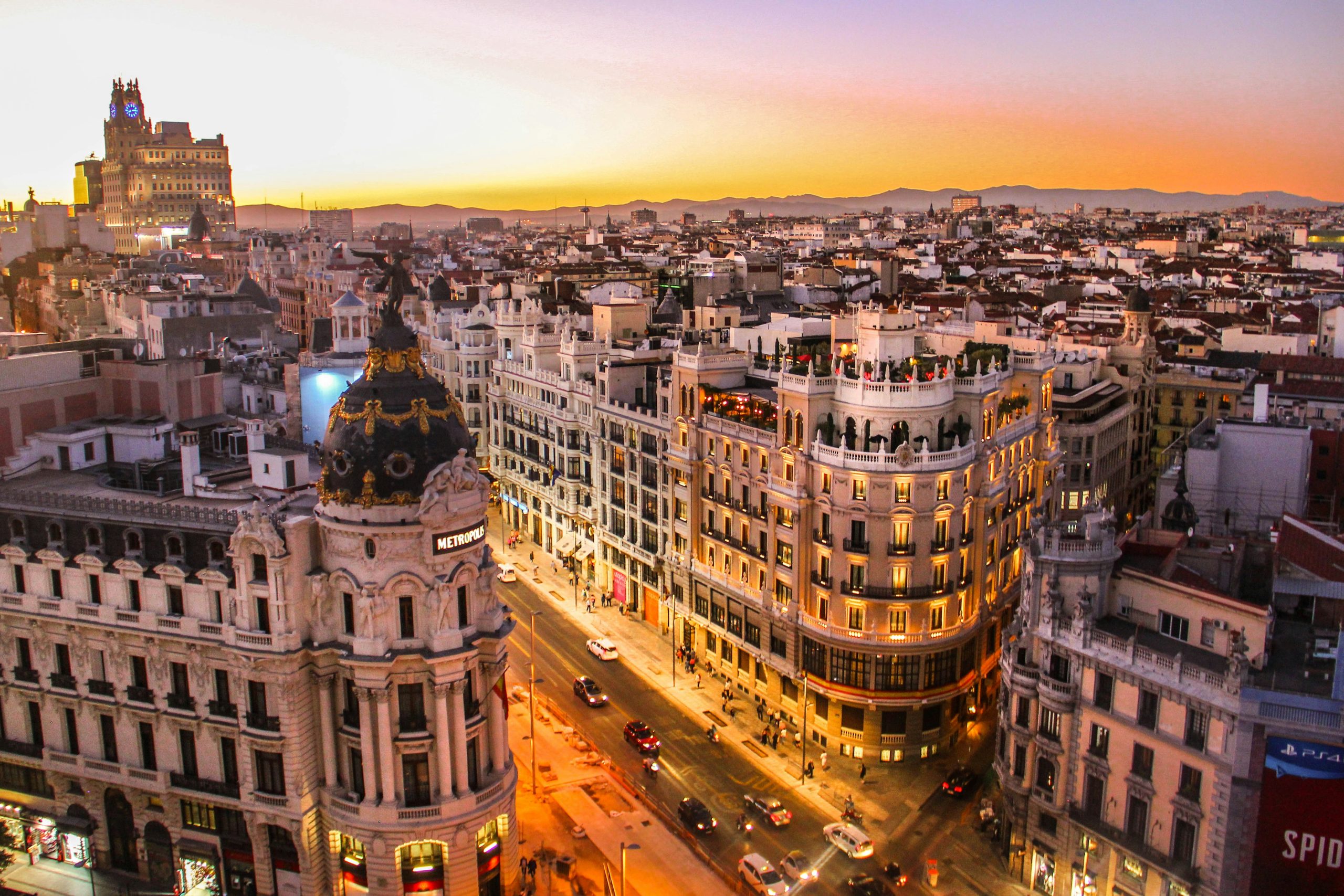
Madrid
3. Seville
Seville, the capital of Andalusia, is a city steeped in history and tradition. One of its most iconic attractions is the Alcazar, a breathtaking palace complex built in the 14th century, renowned for its stunning Mudejar architecture and lush gardens. The city is also home to the awe-inspiring Cathedral of Seville, the largest Gothic cathedral in the world, and the picturesque Plaza de España, a grand square with ornate buildings and a canal. Outdoor enthusiasts can explore the serene Maria Luisa Park and the expansive Alamillo Park, both offering a tranquil escape from the city’s vibrant energy.
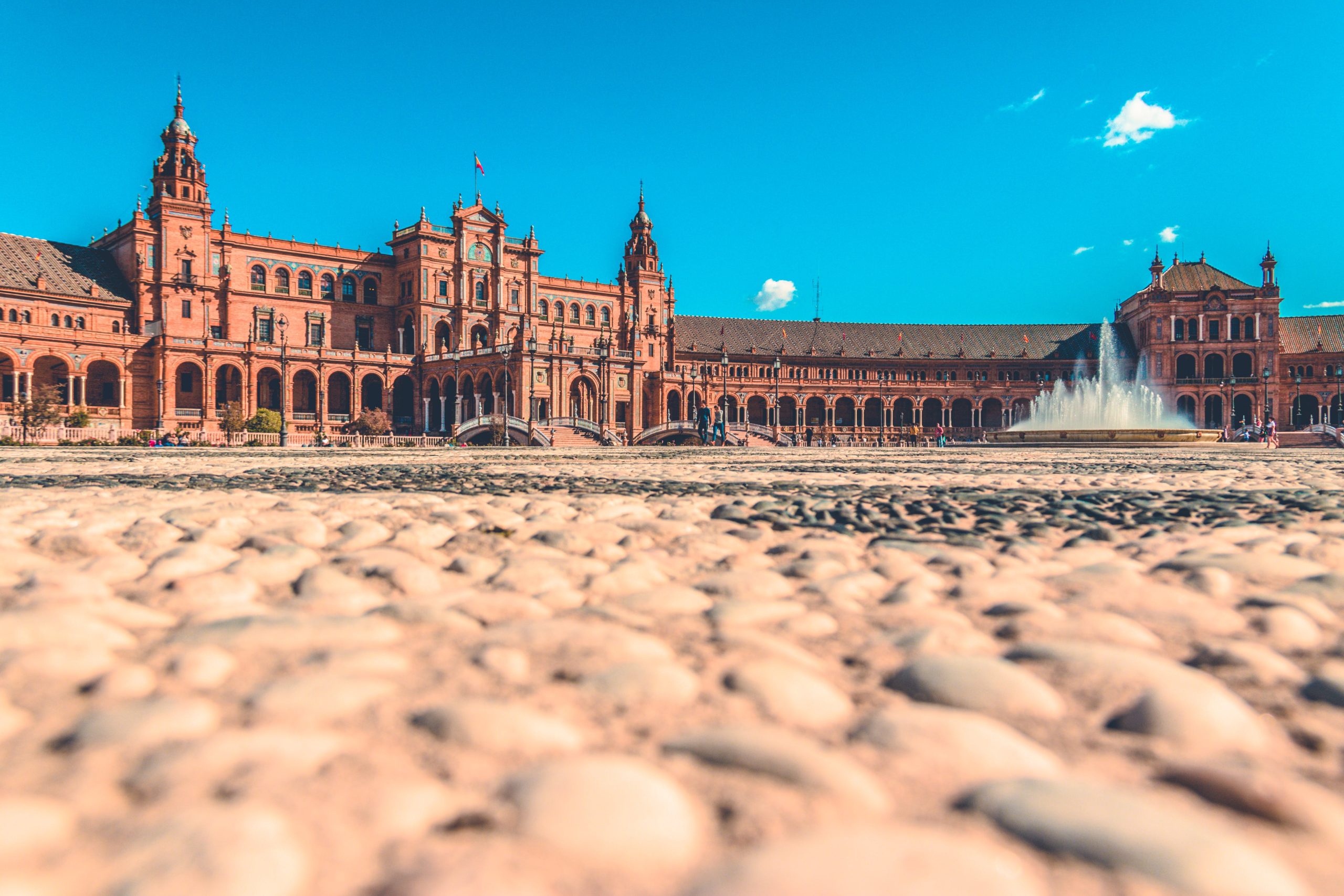
Seville
4. Valencia
Valencia, located on the east coast of Spain, is celebrated for its striking architecture and beautiful beaches. The City of Arts and Sciences, a futuristic complex designed by Santiago Calatrava and Félix Candela, is a must-visit, housing a science museum, an opera house, and an aquarium. The city’s cultural heritage is also showcased in the Valencia Cathedral, a stunning example of Romanesque, Gothic, and Baroque architecture, and the vibrant Central Market, a paradise for food lovers. Valencia’s culinary scene is synonymous with paella, a traditional Spanish dish that originated in the region.
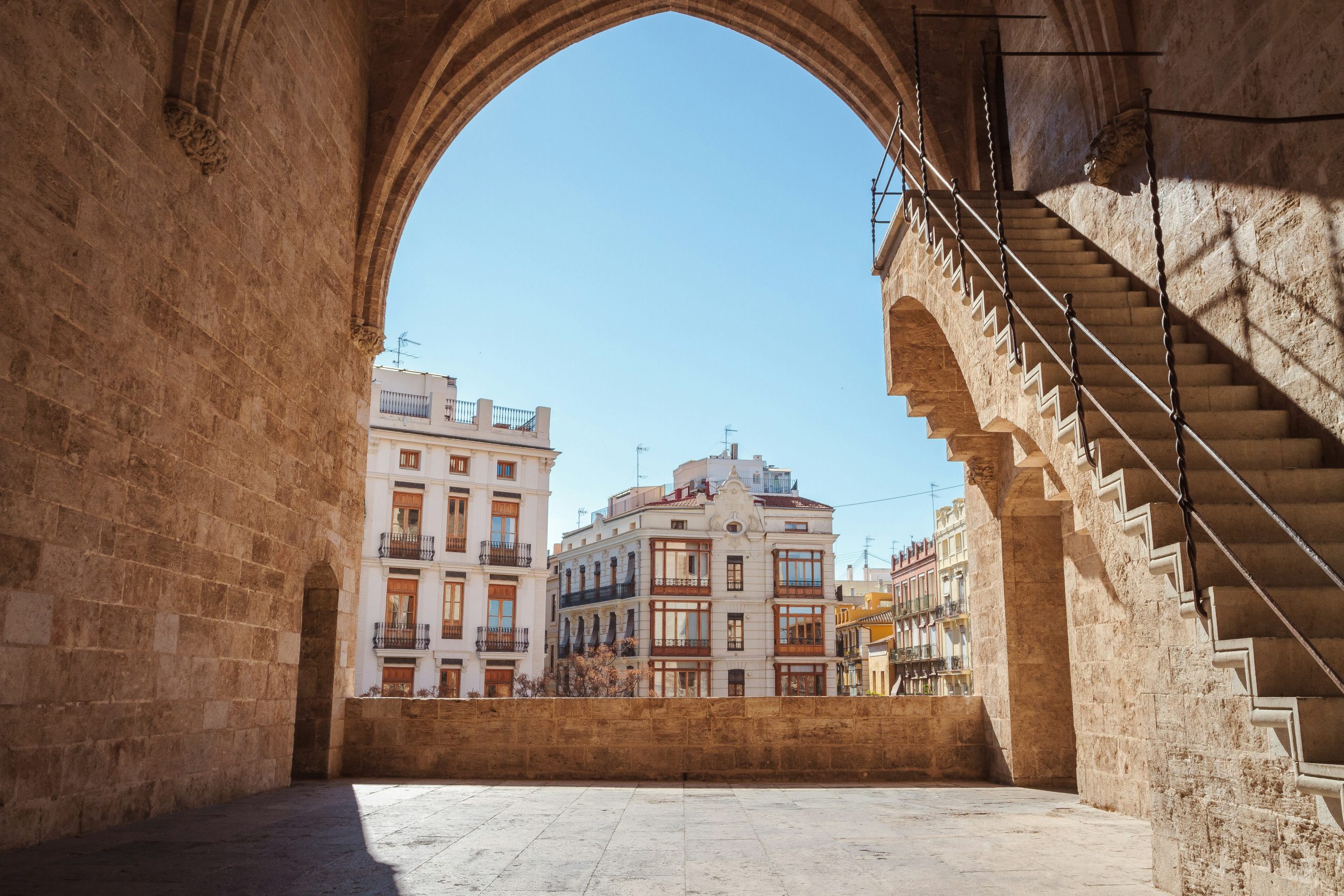
Valencia
5. Granada
Granada, nestled in the foothills of the Sierra Nevada mountains, is a city renowned for its mesmerizing Moorish architecture and rich history. The Alhambra, a UNESCO World Heritage site, is the crown jewel of Granada, a stunning palace and fortress complex that reflects the pinnacle of Moorish art and architecture in Spain. The city also boasts the magnificent Granada Cathedral, a masterpiece of Spanish Renaissance architecture, and the historic Albayzin neighborhood, a labyrinth of narrow streets and charming whitewashed houses. Outdoor enthusiasts can explore the Generalife Gardens, a tranquil oasis of fountains and greenery, and the serene Carmen de los Martires, offering panoramic views of the city.
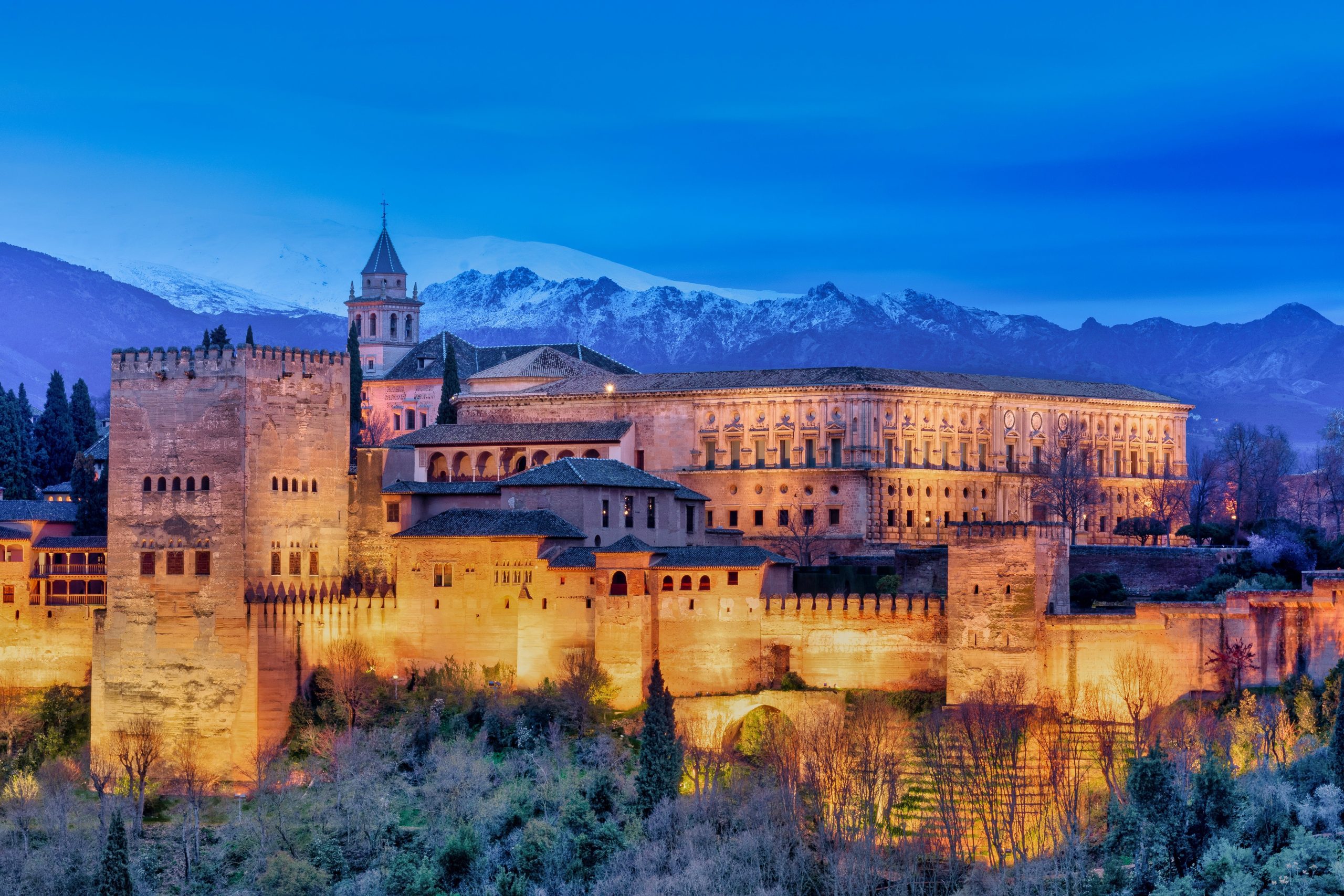
Granada
6. San Sebastian
San Sebastian, located in the Basque Country, is a coastal gem known for its pristine beaches and world-class cuisine. La Concha Beach, with its crescent-shaped bay and golden sands, is a postcard-perfect destination for sunbathing and swimming. The city also boasts the San Telmo Museum, which showcases Basque art and history, and the elegant Miramar Palace, surrounded by lush gardens and offering breathtaking views of the Bay of Biscay. Foodies will delight in the city’s culinary offerings, particularly its renowned pintxos, a delectable variety of Basque tapas.
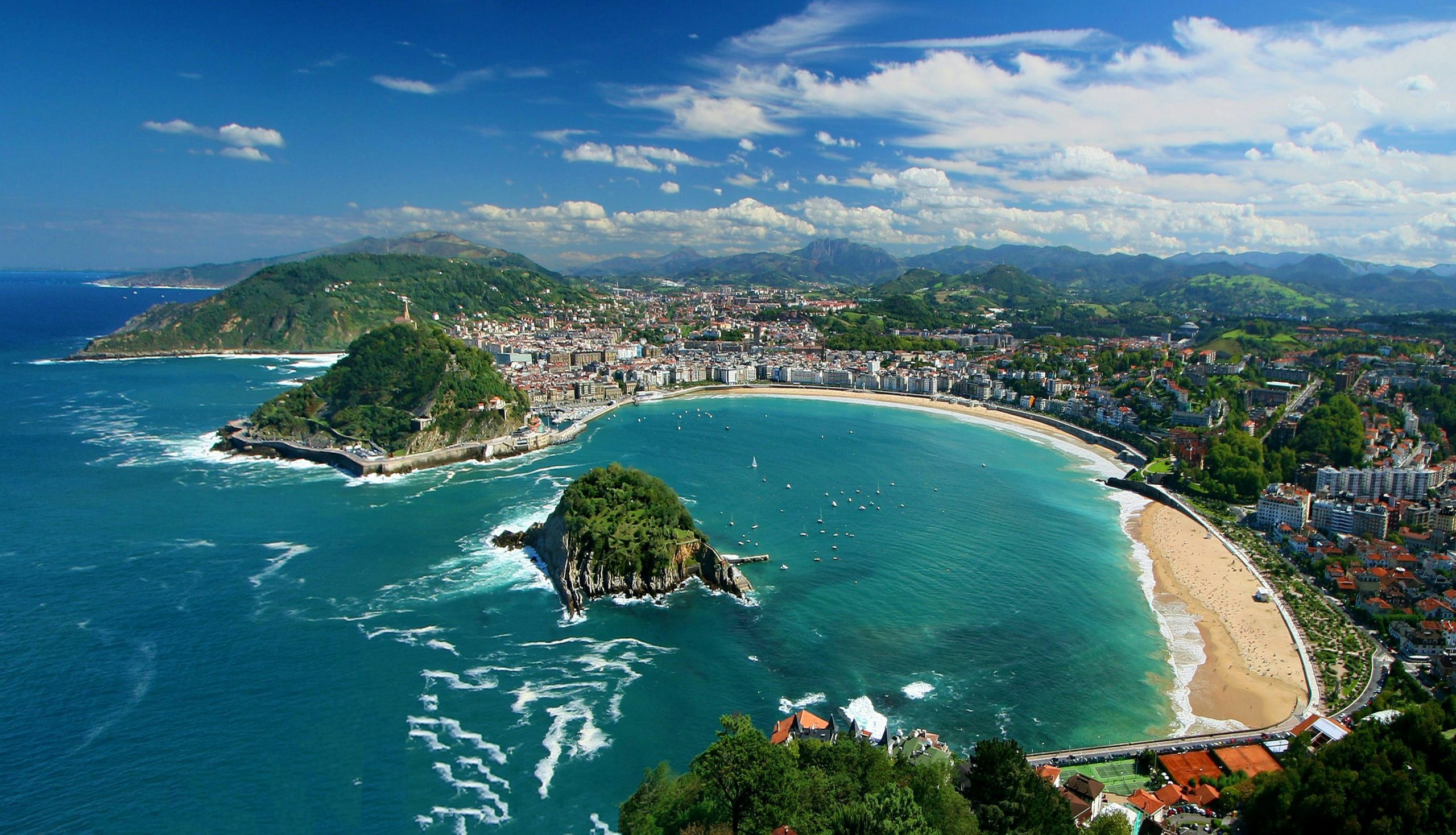
San Sebastian
7. Malaga
Malaga, a port city on the Costa del Sol, is a captivating blend of stunning beaches and rich historical heritage. The Alcazaba, a formidable Moorish fortress overlooking the city, is a must-visit attraction, offering panoramic views of the Mediterranean and a glimpse into the city’s storied past. The Malaga Cathedral, with its imposing Baroque facade and awe-inspiring interior, is another architectural marvel not to be missed. Outdoor enthusiasts can explore the tranquil Malaga Park and the vibrant Playa de la Malagueta, perfect for a leisurely stroll or a day of sun-soaked relaxation.
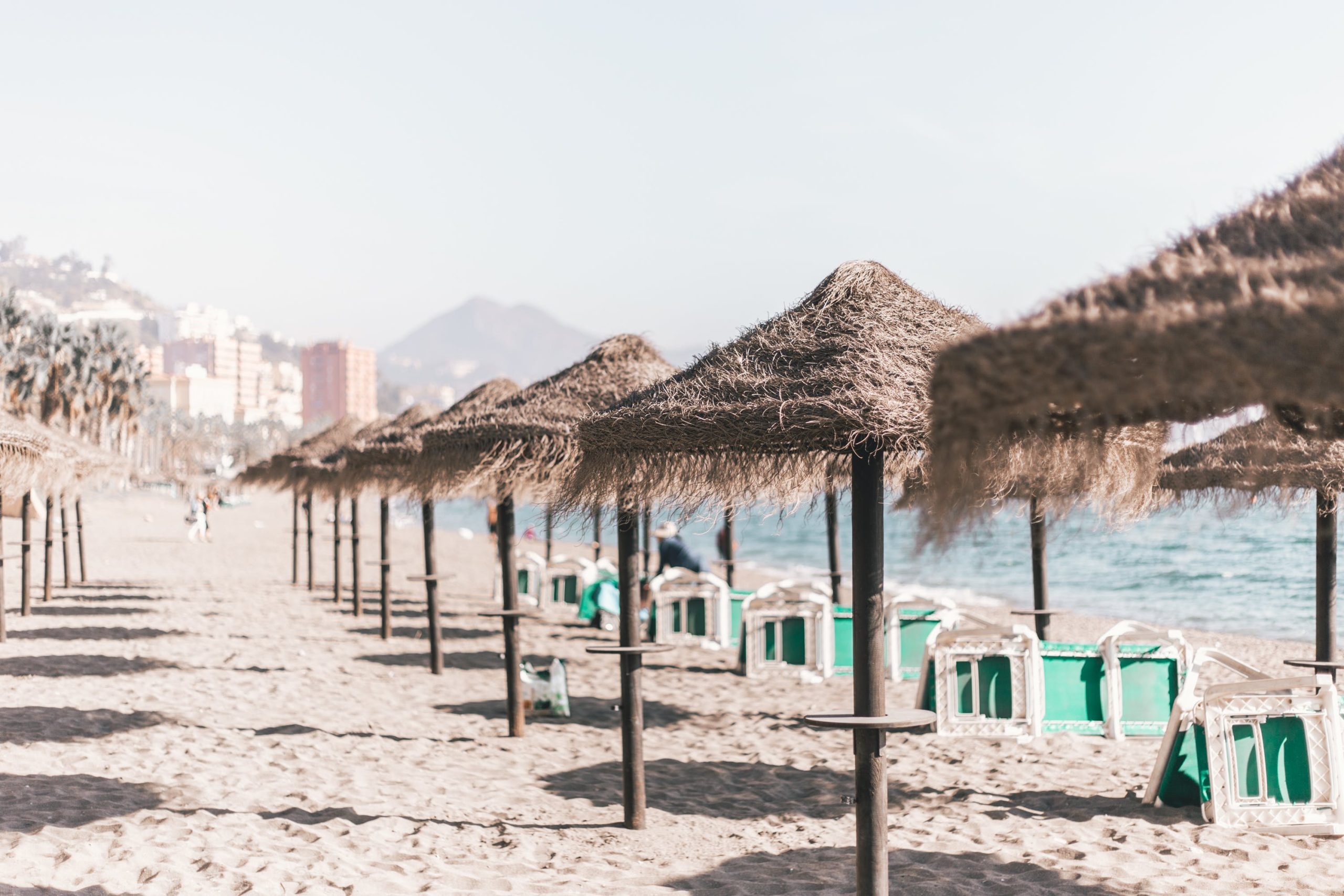
Malaga
8. Cordoba
Cordoba, located in the heart of Andalusia, is a city renowned for its captivating blend of Islamic and Christian heritage. The Mezquita, a UNESCO World Heritage site, is a testament to the city’s rich history, with its stunning horseshoe arches, intricate mosaics, and a prayer hall that epitomizes the beauty of Islamic architecture. The city also boasts the Alcázar de los Reyes Cristianos, a medieval fortress and palace with beautiful gardens, and the Jewish Quarter, a charming neighborhood with narrow streets, flower-filled patios, and a rich cultural legacy. Cordoba’s culinary scene is highlighted by salmorejo, a delicious variation of gazpacho that is a local specialty.
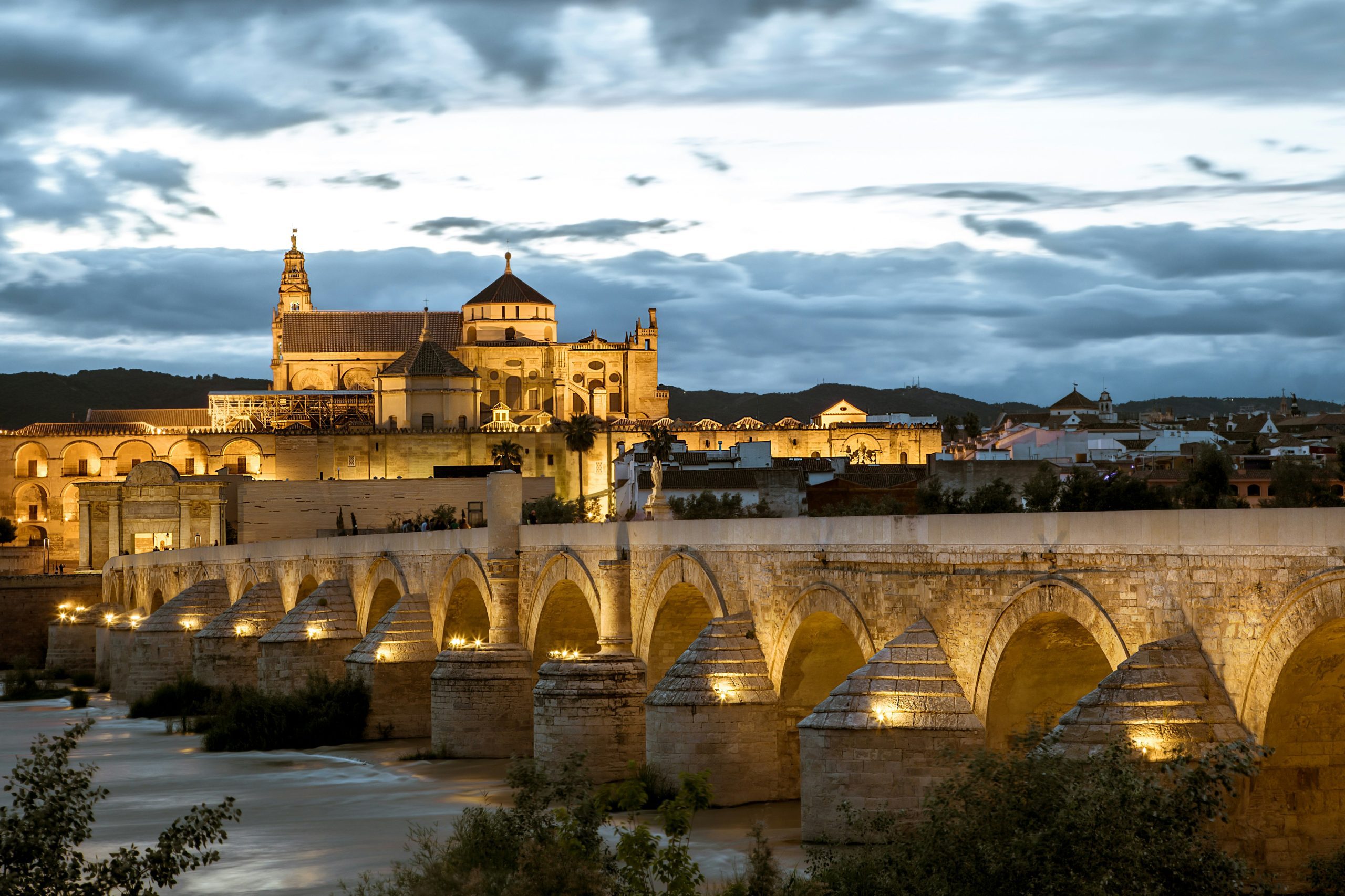
Cordoba
9. Bilbao
Bilbao, the largest city in the Basque Country, is a dynamic urban center celebrated for its avant-garde architecture, world-class museums, and delectable cuisine. The Guggenheim Museum, designed by Frank Gehry, is an architectural marvel and a mecca for art enthusiasts, housing a remarkable collection of modern and contemporary art. The city also boasts the Bilbao Cathedral, a Gothic masterpiece with a rich history, and the atmospheric Casco Viejo, the charming old quarter with narrow streets, lively squares, and traditional pintxos bars. Bilbao’s culinary scene is a testament to the region’s gastronomic prowess, offering a tantalizing array of traditional Basque dishes.
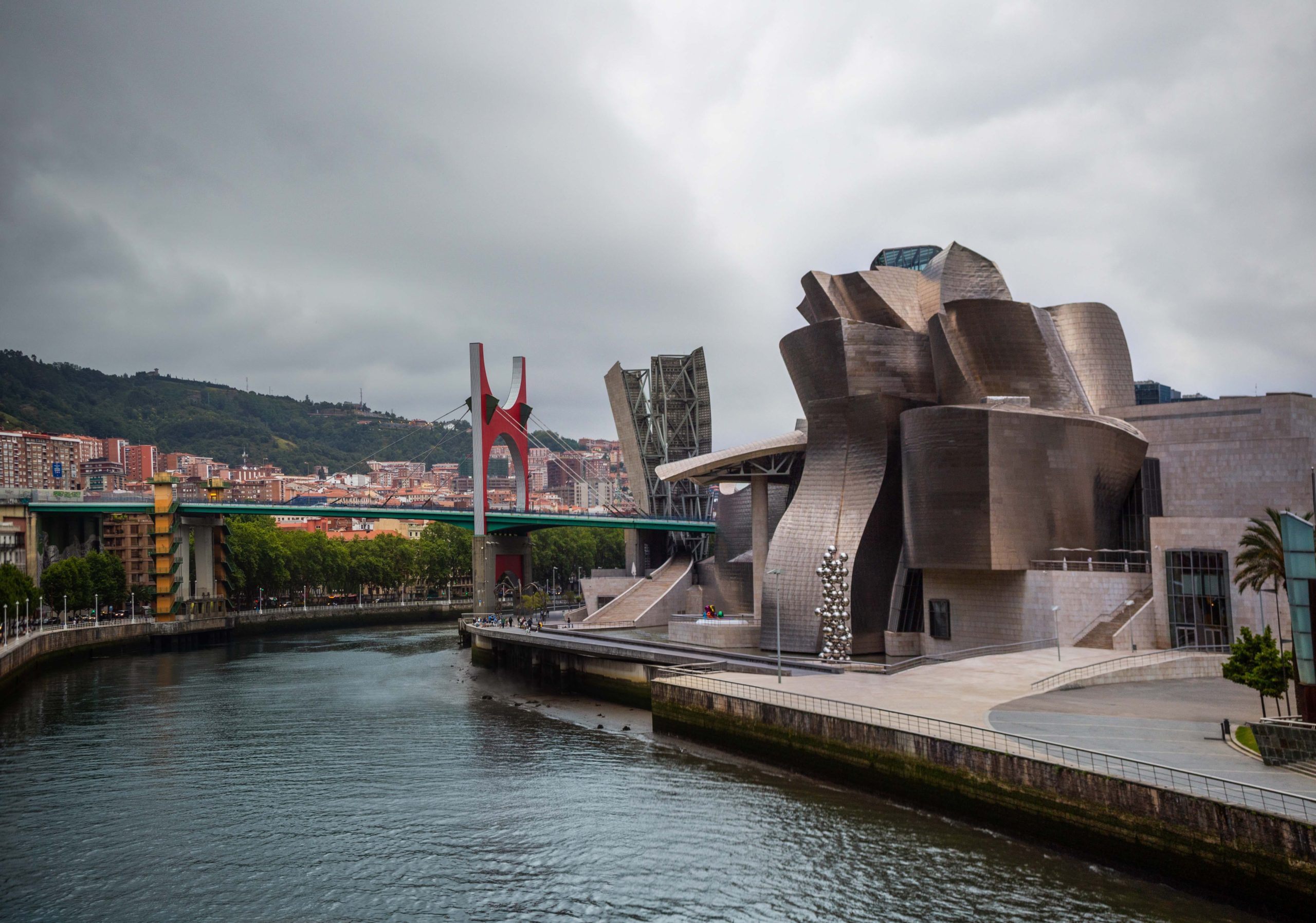
Bilbao
10. Toledo
Toledo, a city steeped in medieval history, is a living museum of architectural splendor and cultural heritage. The Toledo Cathedral, a stunning Gothic masterpiece, is a testament to the city’s religious and artistic legacy, housing a wealth of artistic treasures and a breathtaking interior. The Alcazar of Toledo, a majestic fortress perched on a hill, offers panoramic views of the city and a glimpse into its military history. The Jewish Quarter, with its narrow streets, historic synagogues, and traditional craft shops, is a captivating testament to the city’s multicultural past. Toledo’s culinary heritage is exemplified by marzipan, a sweet delicacy that has been a local specialty for centuries.
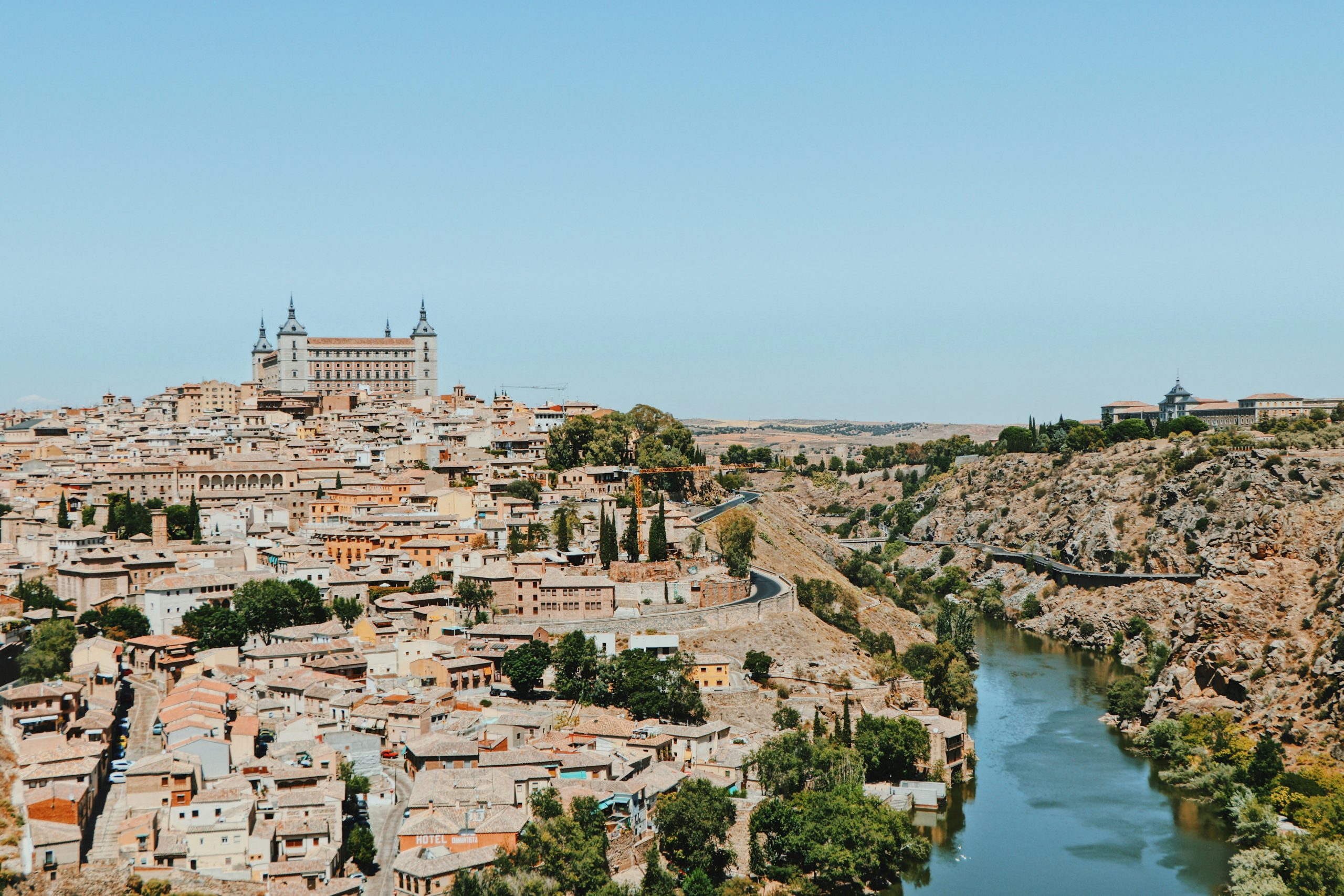
Toledo
Bonus: Tips to travel in Spain
When traveling in Spain, it’s essential to embrace the local culture and customs. Spaniards are known for their warm and friendly nature, so take the time to engage with the locals and immerse yourself in the Spanish way of life. Additionally, familiarize yourself with the regional diversity of the country. Each region in Spain has its own unique traditions, cuisine, and dialect, so be prepared for a rich tapestry of experiences as you move from one area to another. It’s also advisable to learn some basic Spanish phrases, as this can greatly enhance your travel experience and facilitate communication with locals.
Furthermore, be mindful of the country’s dining customs – Spaniards typically eat lunch later in the day, and dinner is often enjoyed well into the evening. Embracing this relaxed approach to mealtimes will allow you to fully appreciate the culinary delights that Spain has to offer. Lastly, when visiting cultural and religious sites, it’s important to dress modestly and respect any specific guidelines or traditions associated with the place. By being mindful of these tips and embracing the local customs, you’ll be well-prepared to make the most of your travels in Spain and create unforgettable memories.
In Conclusion: A Tapestry of Experiences
In conclusion, Spain is a country that offers a tapestry of experiences for travelers, from its vibrant cities and rich cultural heritage to its stunning natural landscapes and delectable cuisine. Whether you’re exploring the architectural marvels of Barcelona, savoring the culinary delights of San Sebastian, or immersing yourself in the rich history of Toledo, Spain is a destination that is sure to leave a lasting impression. With its diverse array of attractions and activities, Spain truly has something for everyone, making it an ideal destination for an unforgettable travel experience.
Are you ready to embark on an unforgettable journey through Spain? With its rich cultural heritage, stunning natural landscapes, and delectable cuisine, Spain offers a tapestry of experiences for travelers. From the vibrant cities of Barcelona and Madrid to the tranquil beaches of San Sebastian and Malaga, there’s something for everyone in this captivating country.
So why wait? Start planning your Spanish adventure today and discover the magic of this enchanting destination. Book your trip now and get ready to create unforgettable memories that will last a lifetime!

